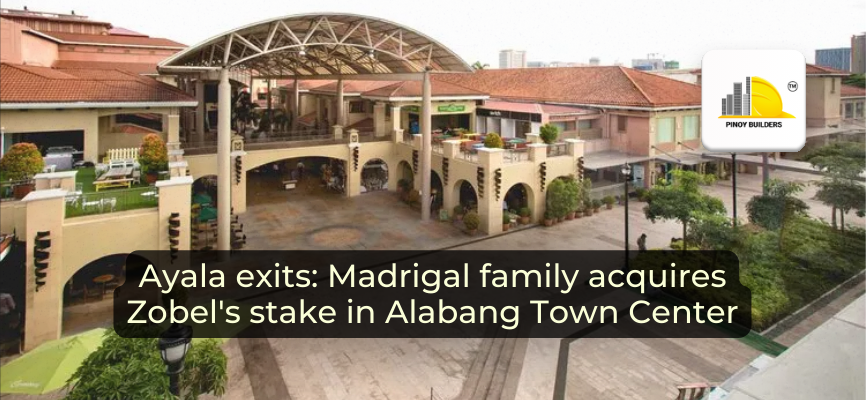The backbone of countless buildings and structures, concrete is an undeniably powerful material. But what keeps it from crumbling under immense pressure? Enter rebar, the often-overlooked hero of construction.
Short for reinforcing bar, rebar is essentially steel webbing that gets embedded within concrete to significantly boost its tensile strength. Without rebar, concrete would be highly susceptible to cracking and breaking under stress.
Choosing the right type of rebar is a critical decision that can impact the entire project’s lifespan and safety. In recent years, stainless steel rebar has been gaining significant traction due to its unique properties and a range of benefits that traditional steel rebar simply can’t compete with.
So, what makes stainless steel rebar such a compelling choice? In this article, let’s delve deeper and explore why it’s becoming the go-to option for many forward-thinking builders.
Size Matters: What’s The Right Rebar For Your Construction Project?
Stainless steel is an alloy primarily composed of iron, chromium, and varying amounts of other alloying elements such as nickel, manganese, and molybdenum. This combination results in a material renowned for its corrosion resistance, strength, and durability. In construction, stainless steel’s ability to withstand harsh environments without rusting makes it particularly desirable.

Stainless steel rebar offers several advantages over traditional carbon steel:
- Corrosion Resistance: Unlike carbon steel, stainless steel does not corrode or rust easily, even in highly corrosive environments like coastal areas or where de-icing salts are used.
- Strength and Durability: It provides exceptional strength, which enhances the lifespan of structures by withstanding heavy loads and extreme weather conditions.
- Low Maintenance: Structures reinforced with stainless steel require minimal upkeep, reducing long-term maintenance costs.
- Aesthetic Appeal: Its sleek appearance makes it a preferred choice in architectural applications where aesthetics are a consideration.
Advantages of Stainless Steel in Home Resilience and Sustainable Building Practices
Knowing stainless steel’s advantages in home resilience and sustainability helps you build stronger, longer-lasting homes. This reduces waste and maintenance needs over time. Beyond its structural benefits, stainless steel contributes to home resilience and sustainable building practices:
- Home Resilience: Enhances structural integrity and provides resistance to fire, earthquakes, and other natural disasters.
- Sustainable Building: Stainless steel is recyclable, contributing to green building certifications like LEED by reducing environmental impact and promoting sustainability.
- Longevity: Its durability translates to extended service life, minimizing the need for replacements and repairs.
Choosing the Right Rebar Size for Your Construction Project
Choosing the right rebar size is crucial for ensuring the structural integrity and safety of your construction project. Concrete is strong in compression but weak in tension, so rebar takes on the tensile forces. Selecting the wrong rebar size can lead to cracks, deformations, or even catastrophic failure in your structure.
Selecting the appropriate rebar size depends on various factors:
- Type of Project: Residential, commercial, or industrial.
- Load Requirements: Determined by structural engineers to ensure safety and compliance with building codes.
- Local Regulations: Different regions have specific requirements regarding rebar sizes and placement.
Common rebar sizes include #3, #4, and #5, each serving specific purposes based on their diameter and strength characteristics.
#3 Rebar (3/8 inch diameter)
Purpose: Typically used in light-duty construction projects where minimal reinforcement is needed. Common applications include residential slabs, sidewalks, and driveways where the loads are relatively light.
#4 Rebar (1/2 inch diameter)
Purpose: This size is more robust than #3 and is commonly used in medium to heavy-duty construction. It is suitable for reinforcing thicker concrete elements such as walls, columns, and footings that require higher strength and durability.
#5 Rebar (5/8 inch diameter)
Purpose: Considered heavy-duty, #5 rebar is used in applications where significant reinforcement is necessary. This includes large-scale construction projects such as bridges, heavy foundation work, and high-rise buildings where the concrete structures must withstand substantial loads and stresses.
Price and Availability of Stainless Steel Rebar in the Philippines (2024)

As of 2024, the market for stainless steel rebar in the Philippines reflects varying prices influenced by global steel markets and local demand. Average costs per unit length can fluctuate based on factors such as import tariffs, availability of raw materials, and economic conditions.
Major suppliers and distributors cater to the construction industry’s needs, offering options for direct purchases from manufacturers or through online marketplaces. It is advisable to source from reputable suppliers to ensure quality and compliance with local standards.
Strong Foundation for a Stronger Tomorrow
Choosing the right rebar is important for any construction project’s success. Stainless steel rebar stands out not only for its strength and durability but also for its contribution to sustainable building practices and aesthetic appeal. By understanding project requirements and consulting with professionals, builders can make informed decisions that ensure safety, longevity, and cost-effectiveness.










